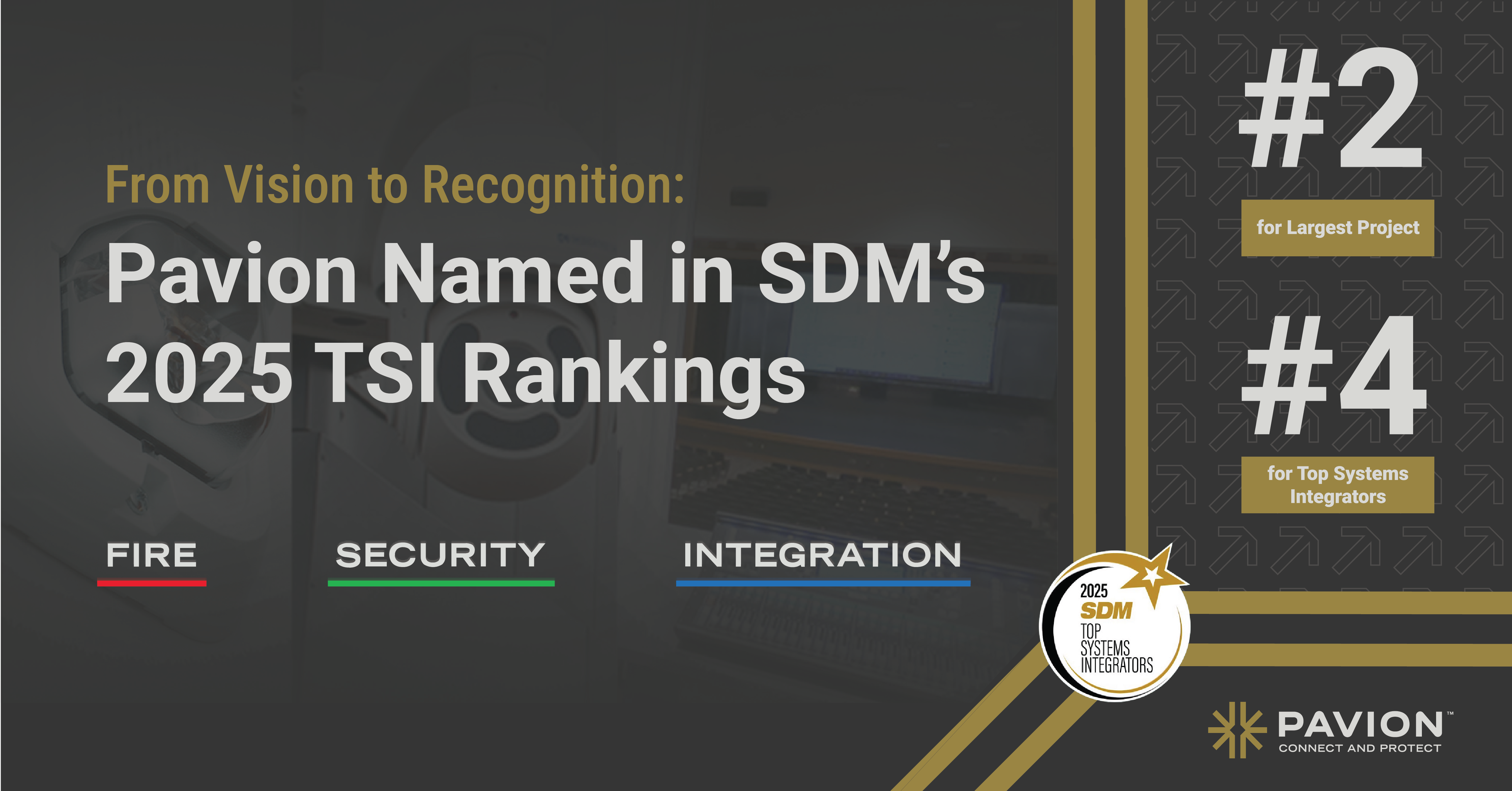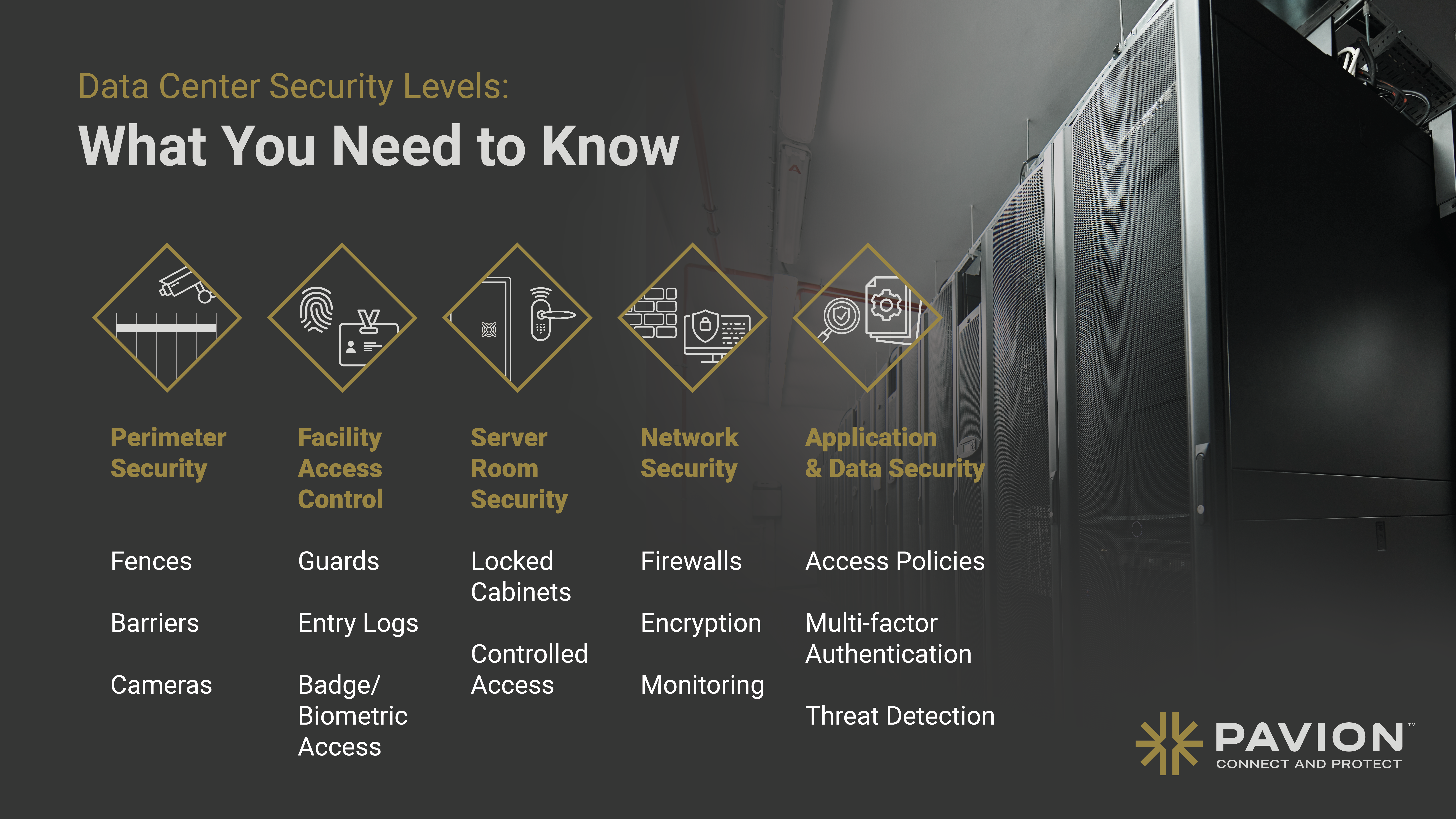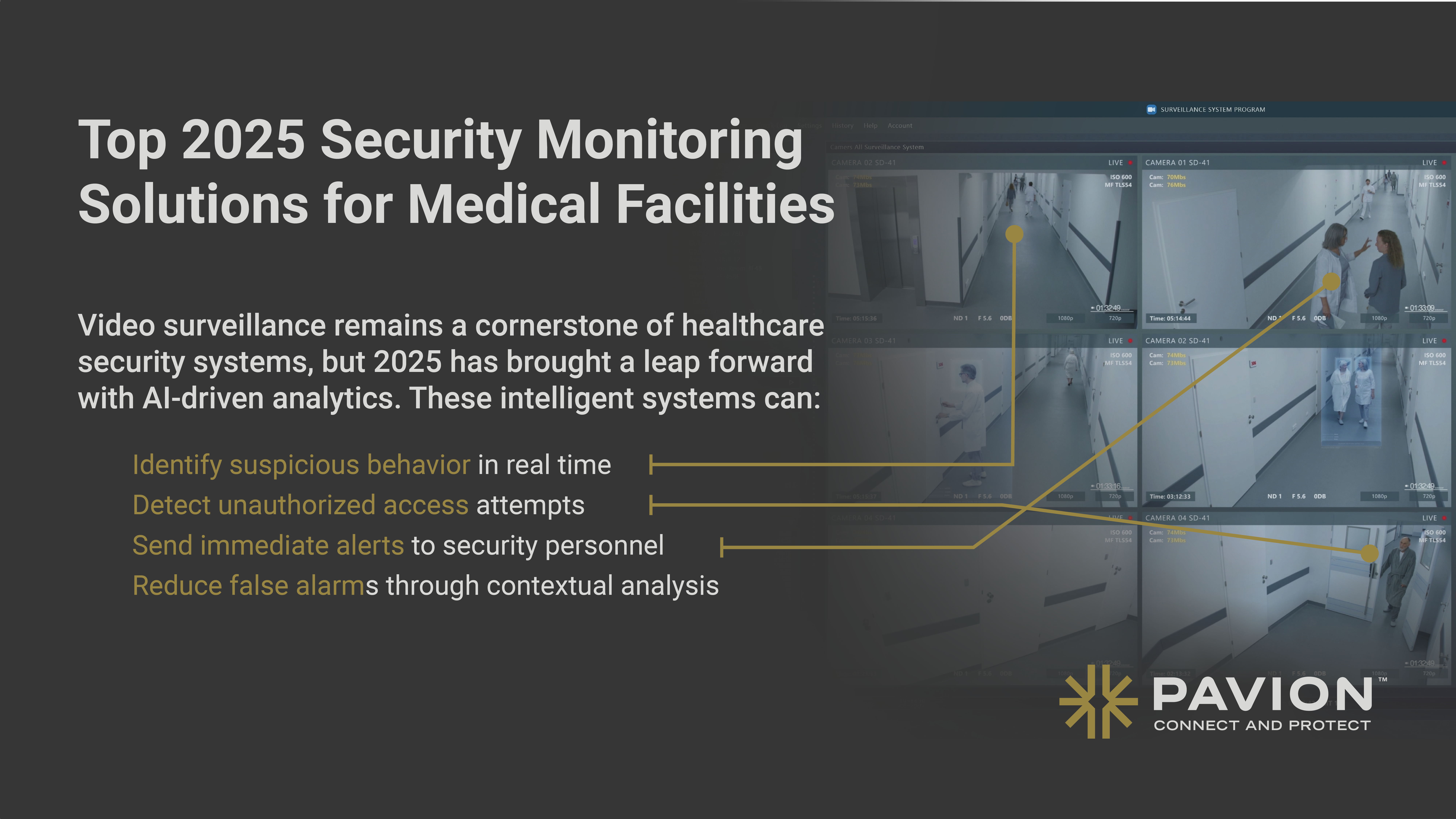
The Power of Interactive AV Systems in Business Settings
In today’s fast-paced business world, interactive AV systems have become an integral part of creating engaging and collaborative environments. These innovative systems not only enhance communication and productivity but also provide a unique platform for training and education. Companies like Pavion specialize in delivering cutting-edge interactive AV systems that cater to the diverse needs of businesses across industries.
Understanding Interactive AV Systems
Before we delve into the various benefits of interactive AV systems, it’s important to establish a clear understanding of what they entail. Interactive AV systems combine the power of audiovisual technology with interactive features, allowing users to actively engage with content and collaborate with one another. These systems typically comprise of displays, audio systems, touchscreens, and interactive software.
Defining Interactive AV Systems
Interactive AV systems can best be described as a fusion of modern audiovisual equipment and interactive technology. Unlike traditional AV systems, these solutions have interactivity at their core. Through advanced touch capabilities and intuitive interfaces, users can manipulate and interact with content in real-time.
Imagine walking into a conference room equipped with an interactive AV system. As you enter, you notice a large high-resolution display mounted on the wall. This display serves as the central hub for all visual content. It can showcase presentations, videos, and even live feeds from remote locations. The audio system, consisting of high-quality speakers and microphones, ensures that every word spoken is crystal clear, creating an immersive experience for all participants.
But what sets interactive AV systems apart is the presence of touchscreens with multi-touch functionality. These touchscreens allow users to directly interact with the displayed content. Whether it’s zooming in on a specific detail, highlighting important information, or even drawing annotations, the possibilities are endless. The intuitive interface makes it easy for anyone, regardless of technical expertise, to navigate and engage with the system effortlessly.
Key Components of Interactive AV Systems
Interactive AV systems consist of several essential components that work together seamlessly to create a dynamic user experience. These components include high-resolution displays, audio devices such as speakers and microphones, touchscreens with multi-touch functionality, and dedicated software that enables interactivity and collaboration.
Let’s take a closer look at each component:
1. High-resolution displays: These displays are designed to deliver stunning visuals, ensuring that every detail is crisp and clear. Whether it’s a small meeting room or a large auditorium, the size and resolution of the display can be customized to suit the specific needs of the space.
2. Audio devices: The audio system is a crucial component of interactive AV systems. High-quality speakers ensure that sound is distributed evenly throughout the room, allowing everyone to hear and participate in the discussion. Microphones capture voices with precision, eliminating any distortion or background noise.
3. Touchscreens: The touchscreens in interactive AV systems are not just ordinary touchscreens. They are equipped with multi-touch functionality, meaning multiple users can interact with the screen simultaneously. This feature promotes collaboration and encourages active participation from all attendees.
4. Interactive software: The software that powers interactive AV systems is what brings everything together. It enables users to access and control various features, such as content sharing, annotation tools, and collaborative workspaces. The software is designed to be user-friendly, allowing even the least tech-savvy individuals to navigate and utilize the system effectively.
By combining these components, interactive AV systems create an immersive and engaging environment for presentations, meetings, and educational sessions. They foster collaboration, enhance communication, and elevate the overall user experience.
The Role of Interactive AV Systems in Business
Now that we have a solid understanding of what interactive AV systems are, let’s explore their role in a business setting. These powerful systems have the potential to revolutionize communication and collaboration within organizations.
Interactive AV systems break down barriers to effective communication by providing a platform for seamless collaboration. With large, high-definition displays and interactive touchscreens, team members can effortlessly share ideas, present information, and work together on projects in real-time. This level of interactivity fosters better engagement and involvement, resulting in increased productivity and improved decision-making.
Furthermore, these systems offer a wide range of features that enhance communication and collaboration. For example, they often come equipped with video conferencing capabilities, allowing team members to connect with colleagues from different locations. This not only saves time and travel expenses but also enables businesses to tap into a global talent pool and collaborate with experts from around the world.
Moreover, interactive AV systems can integrate with other business tools and software, such as project management platforms and document sharing applications. This integration streamlines workflows and ensures that all team members have access to the most up-to-date information, fostering efficient collaboration and reducing the risk of miscommunication.
Facilitating Training and Education
Another significant advantage of interactive AV systems is their ability to facilitate training and education within businesses. Whether it’s conducting corporate training sessions or delivering educational content, these systems offer an immersive learning experience.
Interactive touchscreens enable trainers and educators to present information in a visually engaging manner, ensuring better information retention and understanding among participants. They can incorporate multimedia elements such as videos, images, and interactive quizzes, making the learning process more dynamic and interactive.
Additionally, interactive AV systems can support remote learning and training initiatives. With the ability to record sessions and share them online, businesses can reach a wider audience and provide ongoing access to educational content. This is particularly beneficial for companies with remote or distributed teams, as it allows for consistent training and knowledge sharing across different locations.
Furthermore, these systems can track and analyze participant engagement and performance, providing valuable insights for trainers and educators. They can identify areas where participants may be struggling and tailor the learning experience accordingly, ensuring maximum knowledge retention and skill development.
In conclusion, interactive AV systems play a crucial role in enhancing communication, collaboration, and training within businesses. By providing a platform for seamless collaboration and offering immersive learning experiences, these systems have the potential to revolutionize the way organizations operate and educate their employees.
Benefits of Implementing Interactive AV Systems
Implementing interactive AV systems can bring numerous benefits to businesses, making them a worthwhile investment.
Interactive AV systems have revolutionized the way businesses operate, providing a dynamic and engaging environment for employees. With their advanced features and interactive capabilities, these systems offer a wide range of benefits that can greatly enhance productivity and efficiency in the workplace.
Increased Engagement and Productivity
By incorporating interactive AV systems into the business environment, companies can significantly enhance employee engagement and productivity. The interactive nature of these systems encourages active participation, stimulating creativity and innovation among team members. Employees are more likely to be motivated and invested in projects when they have the tools to contribute and collaborate effectively.
Imagine a scenario where a team is brainstorming ideas for a new marketing campaign. With an interactive AV system, team members can easily share their thoughts and ideas on a digital whiteboard, allowing for real-time collaboration and brainstorming. This not only fosters a sense of teamwork but also boosts productivity as ideas can be generated and refined more efficiently.
Moreover, interactive AV systems offer a variety of interactive tools such as touchscreens, gesture recognition, and virtual reality, which enable employees to interact with data and information in a more intuitive and immersive way. This not only makes tasks more engaging but also enhances problem-solving skills and critical thinking abilities.
Improved Information Retention
One of the challenges businesses face is ensuring that important information is retained by employees. Interactive AV systems address this challenge by creating an environment that promotes active learning. Through visually appealing presentations and interactive activities, these systems help employees absorb and retain information more effectively, leading to better knowledge retention and application.
For instance, during training sessions, interactive AV systems can be used to deliver engaging multimedia presentations that incorporate videos, animations, and interactive quizzes. This not only captures employees’ attention but also reinforces key concepts and ensures better information retention. Additionally, interactive AV systems can provide real-time feedback and assessments, allowing employees to gauge their understanding and identify areas for improvement.
Furthermore, interactive AV systems can facilitate knowledge sharing and collaboration among employees. With features like screen sharing and video conferencing, employees can easily collaborate on projects, share ideas, and exchange information, leading to a more informed and connected workforce.
Overall, implementing interactive AV systems in the workplace can have a transformative impact on businesses. From increased engagement and productivity to improved information retention, these systems offer a multitude of benefits that can propel organizations towards success in today’s fast-paced and competitive business landscape.
Choosing the Right Interactive AV System for Your Business
When it comes to selecting an interactive AV system for your business, there are several factors to consider.
Factors to Consider
Firstly, it’s important to assess your specific business requirements and objectives. Consider factors such as the size of your organization, the nature of your work, and the intended usage of the system. Additionally, evaluate the scalability, compatibility, and durability of the system to ensure a long-lasting investment.
Top Interactive AV Systems in the Market
With a wide range of interactive AV systems available in the market, it can be challenging to choose the right one. However, leading solutions providers like Pavion offer a comprehensive range of interactive AV systems that cater to various business needs. These systems combine advanced technology, ease of use, and reliability to provide businesses with a seamless and engaging interactive experience.
Overcoming Challenges in Implementing Interactive AV Systems
While the benefits of implementing interactive AV systems are abundant, it’s essential to address the challenges that may arise during the implementation process.
Technical Difficulties and Solutions
Technical difficulties, such as connectivity issues or software compatibility problems, can hinder the successful adoption of interactive AV systems. To overcome these challenges, it’s crucial to work closely with specialized providers like Pavion, who understand the intricacies of AV technology and can offer tailored solutions. Thorough planning, regular maintenance, and ongoing support are key to ensuring a smooth and trouble-free experience.
Ensuring User Adoption and Ease of Use
Another challenge that businesses may face is ensuring user adoption and ease of use of the interactive AV systems. User training, clear instructions, and a user-friendly interface are necessary to familiarize employees with the system and encourage its regular usage. Regular feedback and updates can also help improve the user experience over time.
In conclusion, the power of interactive AV systems in business settings cannot be underestimated. These systems revolutionize communication, collaboration, and training, making them indispensable tools for modern organizations. By investing in the right interactive AV system and overcoming implementation challenges, businesses can harness the full potential of these systems to drive engagement, productivity, and success.
Transform Your Business with Pavion
Ready to elevate your business’s communication, collaboration, and training capabilities? Pavion is here to guide you through the process with our comprehensive fire, security, and integration solutions. Experience the transformative power of interactive AV systems tailored to your unique needs. Connect with our experts today and get a free system assessment to discover how we can help you connect and protect with cutting-edge technology and radical service.


